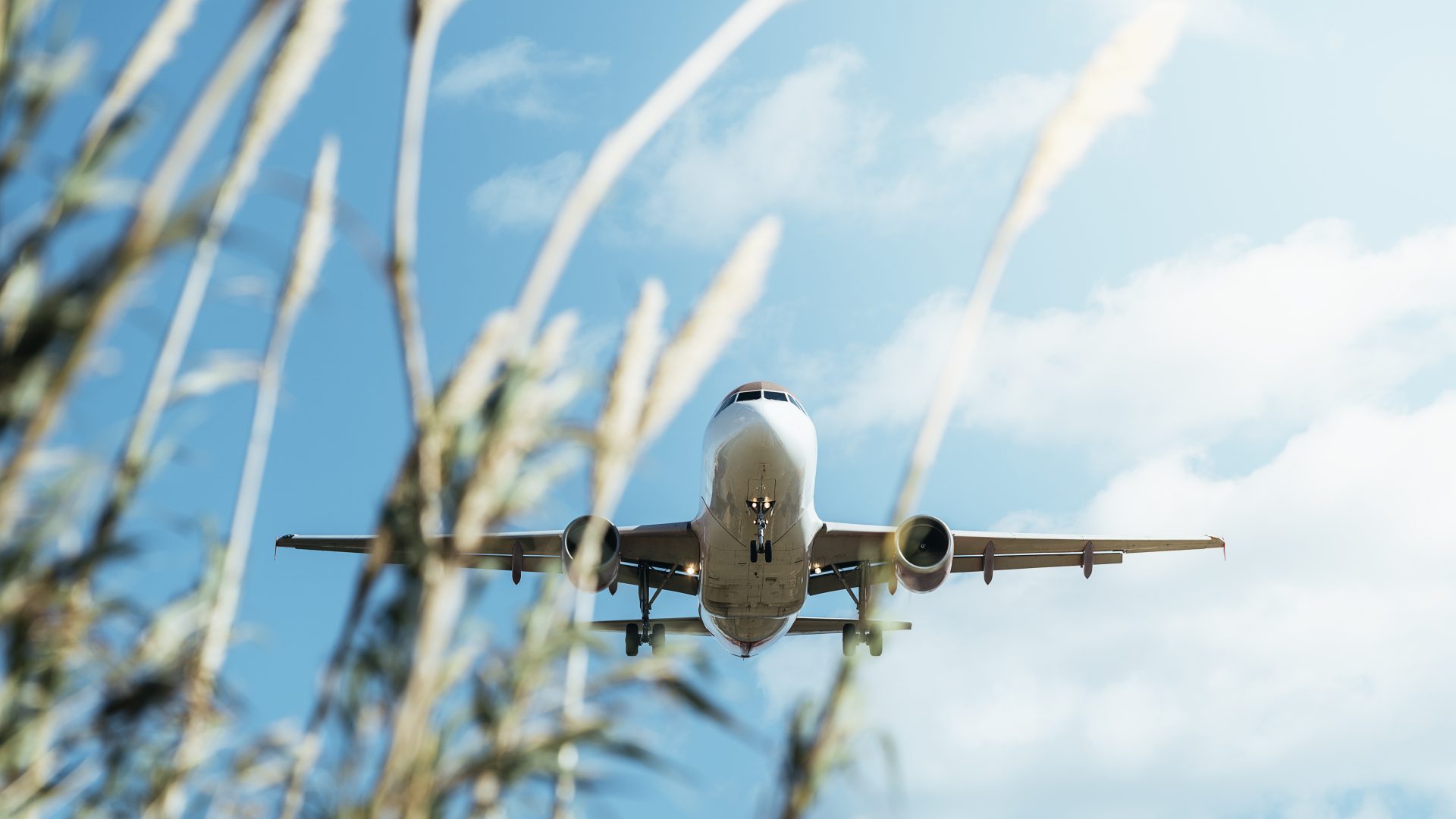
transport & mobility
EU sustainable & smart mobility strategy – next steps for ASD
On 9 December 2020, the European Commission presented its Sustainable and Smart Mobility Strategy. The aim is to lay the foundations for an EU transport sector that is fit for a clean, digital and modern economy. It means a technological revolution for the aviation industry, and amid a pandemic, we asked the Aerospace and Defence Industries Association of Europe (ASD) how they face all these challenges.

Vincent De Vroey, Civil Aviation Director of ASD, gave us an overview of the opportunities and difficulties the sector encounters to prepare the future. Representing 18 major European companies and 23 National Associations, ASD is voicing the engagement, realities, and concerns of the industry to the policymakers.
What will be the impact of such emission targets for your sector?
Vincent De Vroey (VDV): The aviation sector is reducing its impact on the environment. And it will continue to do so. The European aviation value chain players have come together to commission a comprehensive study to the Netherlands Aerospace Centre (NLR), which will be published mid-January 2021. The result is ‘Destination 2050’, a roadmap that projects in detail how the industry can reach ‘net zero carbon’ in 2050 by reducing its net CO2 emissions. This target represents a considerable technical challenge. The industry will have to innovate. And governments at European and national levels must support the R&D programmes to develop the disruptive technologies required to support this aim.
The industry will have to innovate. And governments at European and national levels must support the R&D programmes […]
What are the most promising business opportunities for aerospace in the age of “digitalised transport”? Or areas for improvement?
VDV: The most promising prospects revolve around Urban Air Mobility.
We will soon see the large-scale deployment of small aircraft in urban areas, such as drones or flying taxis. The industry is working with cutting-edge technologies to ensure the safety and continuity of guiding systems (U-space solutions), and physical infrastructure (e.g. eVTOL ports, alternative power technology, connectivity with other transport modes). Making these new “air” vehicles socially and environmentally acceptable constitutes the next big step for the aviation sector. In a digital future, ensuring societal benefits, resilience and scalability, will be essential for success. And ASD’s members are at the forefront of this.
Making these new “air” vehicles socially and environmentally acceptable constitutes the next big step for the aviation sector.
What initiatives would you like the Commission to propose based on its Sustainable and Smart Mobility Strategy to support your industry reaching these objectives?
VDV: The aeronautics industry is actively contributing to the European Green Deal. Currently, ASD’s members are investing billions in breakthrough technologies to make climate-neutral aviation a reality in Europe by 2050. For example, sustainable aviation fuels (power-to-liquid synthetic fuels, methane or hydrogen) can reduce up to 80% of an airplane’s lifecycle CO2 emissions. Due to high set up costs, however, their adoption has remained limited. We need a policy mix that can boost the uptake of such fuels in coordination with other mobility sectors.
[…] continued solidarity and mutual support between the private and public sector will help the aviation sector overcome the crisis.
Given the COVID-19 context (no face-to-face meetings, etc.) how will you adapt your engagement strategy with policymakers to make your voice heard?
VDV: The COVID-19 pandemic has changed the way business leaders and policymakers interact, whether on sanitary or recovery measures. The level of email exchanges, web conferencing and social media is unprecedented. We managed to swiftly adapt to this new scenario at the beginning of the pandemic. Our regular internal and external activities were kept fully operational. We managed to organise several virtual events hosting industry and institution representatives. We believe that continued solidarity and mutual support between the private and public sector will help the aviation sector overcome the crisis. For that matter, our engagement with policymakers remains as strong as ever.
For more information, you may find here the position paper on the Sustainable and Smart Mobility Strategy co-signed by ASD, along with other key stakeholders of the industry.
